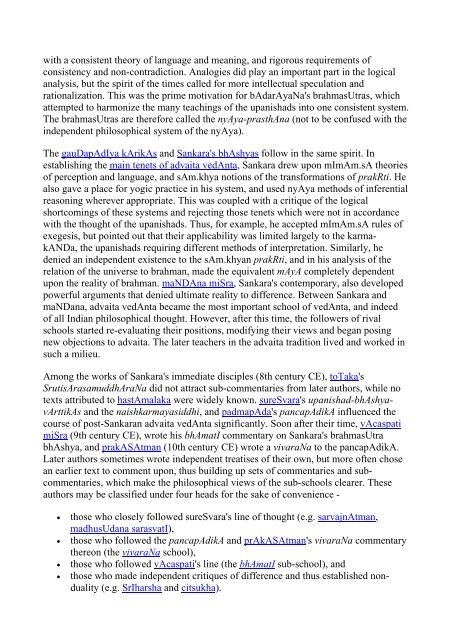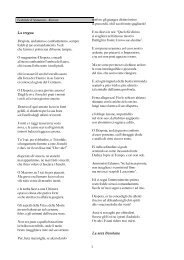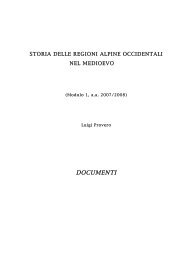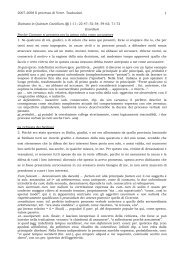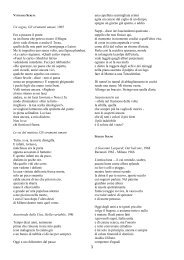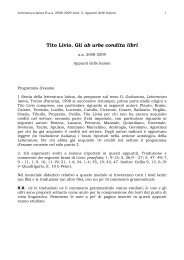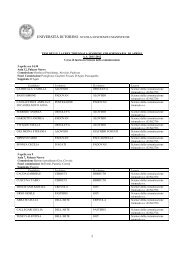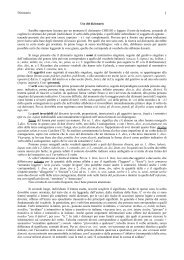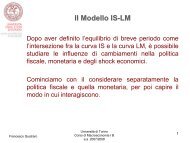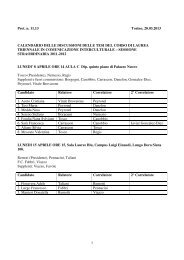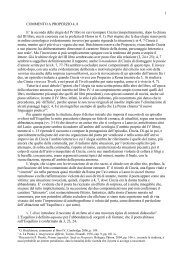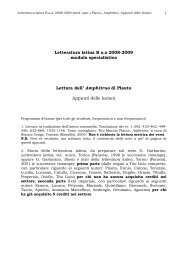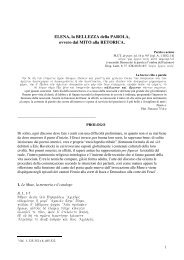ajAti vAda
ajAti vAda
ajAti vAda
Create successful ePaper yourself
Turn your PDF publications into a flip-book with our unique Google optimized e-Paper software.
with a consistent theory of language and meaning, and rigorous requirements of<br />
consistency and non-contradiction. Analogies did play an important part in the logical<br />
analysis, but the spirit of the times called for more intellectual speculation and<br />
rationalization. This was the prime motivation for bAdarAyaNa's brahmasUtras, which<br />
attempted to harmonize the many teachings of the upanishads into one consistent system.<br />
The brahmasUtras are therefore called the nyAya-prasthAna (not to be confused with the<br />
independent philosophical system of the nyAya).<br />
The gauDapAdIya kArikAs and Sankara's bhAshyas follow in the same spirit. In<br />
establishing the main tenets of advaita vedAnta, Sankara drew upon mImAm.sA theories<br />
of perception and language, and sAm.khya notions of the transformations of prakRti. He<br />
also gave a place for yogic practice in his system, and used nyAya methods of inferential<br />
reasoning wherever appropriate. This was coupled with a critique of the logical<br />
shortcomings of these systems and rejecting those tenets which were not in accordance<br />
with the thought of the upanishads. Thus, for example, he accepted mImAm.sA rules of<br />
exegesis, but pointed out that their applicability was limited largely to the karmakANDa,<br />
the upanishads requiring different methods of interpretation. Similarly, he<br />
denied an independent existence to the sAm.khyan prakRti, and in his analysis of the<br />
relation of the universe to brahman, made the equivalent mAyA completely dependent<br />
upon the reality of brahman. maNDAna miSra, Sankara's contemporary, also developed<br />
powerful arguments that denied ultimate reality to difference. Between Sankara and<br />
maNDana, advaita vedAnta became the most important school of vedAnta, and indeed<br />
of all Indian philosophical thought. However, after this time, the followers of rival<br />
schools started re-evaluating their positions, modifying their views and began posing<br />
new objections to advaita. The later teachers in the advaita tradition lived and worked in<br />
such a milieu.<br />
Among the works of Sankara's immediate disciples (8th century CE), toTaka's<br />
SrutisArasamuddhAraNa did not attract sub-commentaries from later authors, while no<br />
texts attributed to hastAmalaka were widely known. sureSvara's upanishad-bhAshyavArttikAs<br />
and the naishkarmayasiddhi, and padmapAda's pancapAdikA influenced the<br />
course of post-Sankaran advaita vedAnta significantly. Soon after their time, vAcaspati<br />
miSra (9th century CE), wrote his bhAmatI commentary on Sankara's brahmasUtra<br />
bhAshya, and prakASAtman (10th century CE) wrote a vivaraNa to the pancapAdikA.<br />
Later authors sometimes wrote independent treatises of their own, but more often chose<br />
an earlier text to comment upon, thus building up sets of commentaries and subcommentaries,<br />
which make the philosophical views of the sub-schools clearer. These<br />
authors may be classified under four heads for the sake of convenience -<br />
• those who closely followed sureSvara's line of thought (e.g. sarvajnAtman,<br />
madhusUdana sarasvatI),<br />
• those who followed the pancapAdikA and prAkASAtman's vivaraNa commentary<br />
thereon (the vivaraNa school),<br />
• those who followed vAcaspati's line (the bhAmatI sub-school), and<br />
• those who made independent critiques of difference and thus established nonduality<br />
(e.g. SrIharsha and citsukha).


